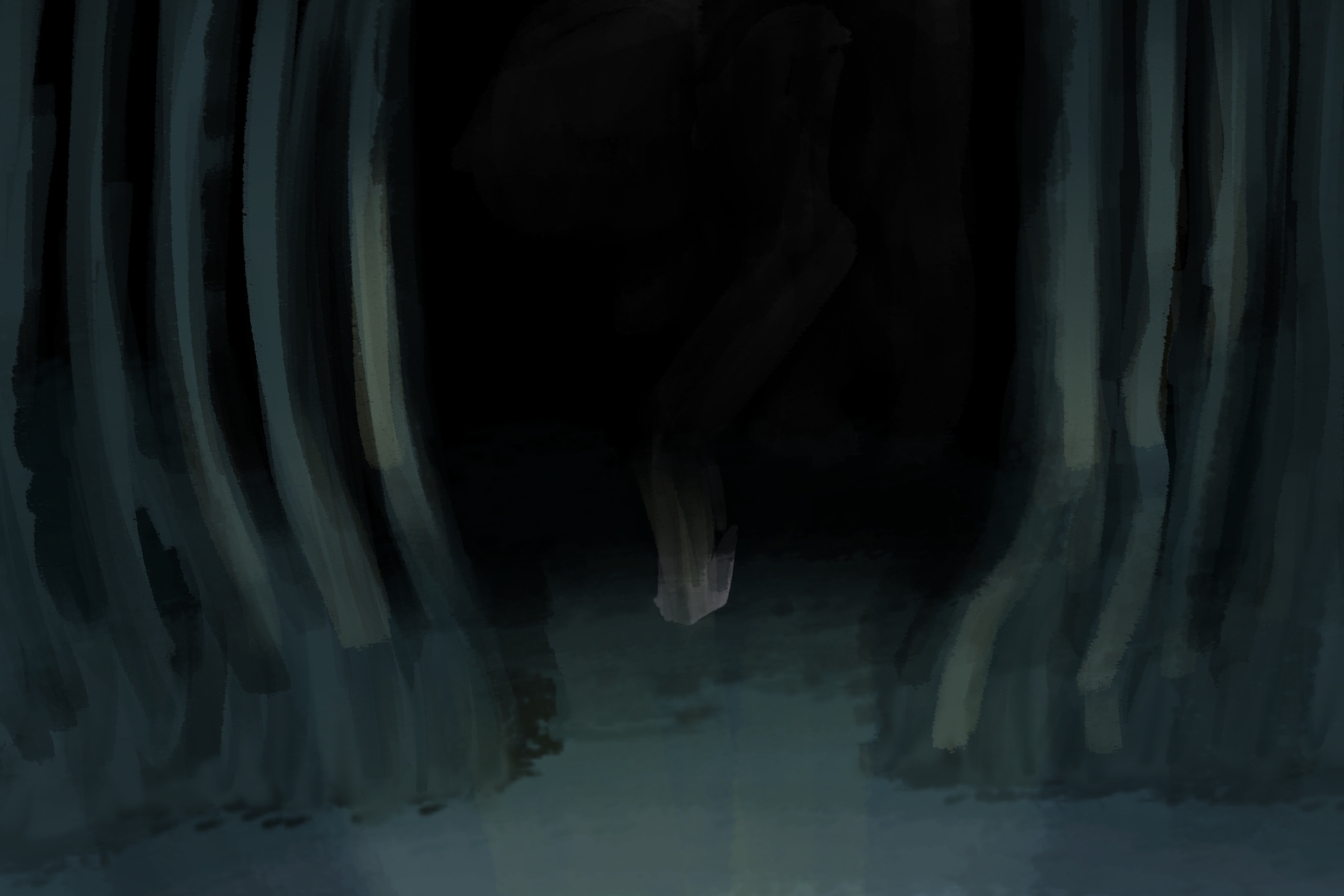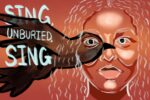Anything Jordan Peele helps produce is going to be a thrilling and thought-provoking roller coaster. His genius mind has often conjured tales that reflect the imperfections of society through a horror lens. His latest TV project, “Lovecraft Country,” does the exact same thing.
Unlike Peele’s famous “Get Out,” “Lovecraft Country” is set in the 1950s and there is no “sunken place.” However, as in “Get Out,” “Lovecraft Country” writers and producers use supernatural themes to reflect America’s long history of racism. While the show is perfect for the spooky season approaching, it also does a great job of educating viewers.
The show explores the weird and horrifying world of horror fiction writer H.P. Lovecraft and the very real Jim Crow-era racism that once plagued our country.
In the beginning of “Lovecraft Country,” a Korean War veteran, Atticus Freeman, returns to his hometown of Chicago following the disappearance of his father, Montrose. He has to enlist the help of his uncle George, who is a “Negro travel guide,” and childhood friend Letitia Lewis to find his dad. Atticus believes his father traveled to a place known as Lovecraft Country.
As the trio sets off to find Atticus’ father, they encounter several bumps along the way. The trip unravels into a tale of racist towns and the monsters that are too big for under the bed.
The first scare we run into may seem minute, but it encapsulates the real fear many Black Americans once faced — the need for a “Negro travel guide.” Uncle George’s job feels strange because it is not something that Black Americans use today. But his job is to travel to different places around the U.S. with a map and make note of places that are safe for Black people to travel and roads that they should avoid.
This small detail about Uncle George’s character shows how some fears are real, not imagined. Some fears are not just in your head, but can truly be the bane of your existence.
His career is part of the reason why the first episode is called “Sundown,” as the writers are introducing us to the concept of sundown towns. As Atticus, Letitia and Uncle George are on their way to Lovecraft Country to find Montrose, the characters experience a type of racism that many folks believe is only synonymous with the South.
Sundown towns were municipalities that Black Americans and many people of color had to leave before the sun set. And if they didn’t, they were at risk of being arrested –– or worse. The informal rules governing these sundown towns were meant to drive out the Black population and prevent Black people from becoming residents.
These kinds of towns didn’t only exist in the southern parts of the United States. Believe it or not, the northern parts of the country were just as hostile to Black Americans. In the first episode of “Lovecraft Country,” the protagonists enter Massachusetts and as they drive through a town, a cop quickly pulls them over. The officer informs them that they are in a sundown town, and tells them what he will do to them if he catches them after dark.
As the evening is growing old and the sun is cascading behind the trees, he informs them that they have less than 10 minutes to get across county lines or he will have to enforce sundown law. He follows them until the sun goes down and he and his sheriff deputies force them into the woods with intentions of lynching them.
The sheriff’s intended plan falls apart when the monsters that lurk the woods attack each sheriff.
As if Episode 1 wasn’t crazy enough, Episode 3 reminds us that we’re not in Kansas anymore. “Holy Ghost” makes a huge turn from monsters to ghosts as the writers take us back to Chicago.
This episode introduces a new fear of ghosts and men.
The fearless protagonist, Letitia, purchases the Winthrop House in a predominantly white neighborhood with little knowledge of the house’s backstory. The haunting look and years of being vacant didn’t seem suspicious to her.
With hopes of helping out her community, Letitia turns the house into a boarding house to give Black people a better place to stay. But just as in sundown towns, some of the residents of the North Side of Chicago did not want Black people around. The ghost in the house doesn’t want them there either.
The Winthrop House is haunted. She decides to do her own research to find out why. University of Chicago scientist Hiram Epstein used to own the house and conduct gruesome experiments on Black children and adults in the basement. As she learns about the house’s history, Letitia begins to understand its longtime vacancy, as well as the forces behind the house’s overheating and the covers being pulled off of her body.
This addition to the “Lovecraft Country” story is terrifying for both its supernatural elements and its basis in reality. Hiram Epstein is a composite of several doctors and scientists that conducted experiments on Black bodies.
From Henrietta Lacks and the Tuskegee Syphilis Study to the experiments done by J. Marion Sims on enslaved women, intrusive behavior against Black bodies is nothing new. For years, people have fetishized Black bodies and assumed that Black people have higher pain tolerances. This belief has led to many experiments in the past.
Again, “Lovecraft Country” does not hide the trauma that many Black people faced. The incorporation of real fears and supernatural fears team up to expose the ugly truth of racism. More importantly, the show sheds light on how racism has different layers.
Episode 1 reveals that racism once dictated where you get to be geographically, while Episode 3 shows how the fetishization of the Black body is dehumanizing. Racism doesn’t stop at discrimination due to the complexion of your skin; it spreads and affects every aspect of existence.
















